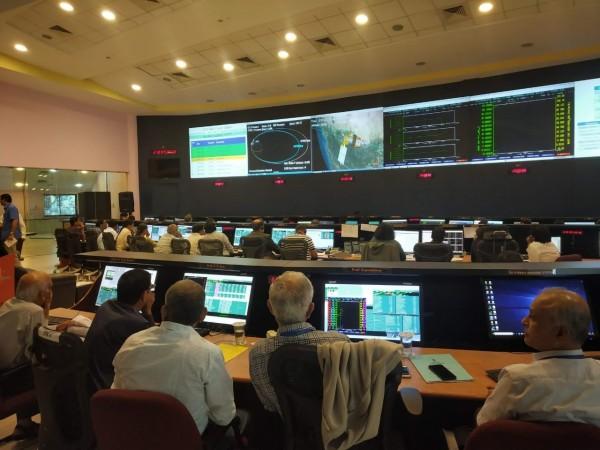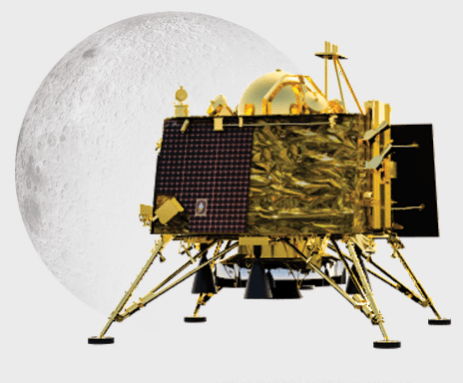
The success or failure of India's entire second moon mission, Chandrayaan 2, hinges on "15 minutes of terror" when the Vikram lander will be lowered to the lunar surface, according to Indian Space Research Organisation (ISRO) chief Dr K Sivan.
ISRO engineers will begin a controlled descent of Vikram carrying the six-wheeled rover Pragyan from an altitude of about 35km by firing its engines to slow down the spacecraft.
While ISRO engineers try to slow down the lander that has been orbiting the Moon since its separation from the orbiter on September 2, a group of celebrities, including Prime Minister Narendra Modi will, be watching the landing at the ISRO headquarters in Bengaluru. The PM will reach the mission control base by midnight on Friday, the operations are set to begin at 1:55 am on Saturday, an NDTV report said, quoting Dr Sivan.
"It is like suddenly somebody comes and gives you a newborn baby in your hands. Will you be able to hold without proper support? The baby will move this way that way but we should hold it. It's like that, the lander will go this way or that but at the same time it has to be brought just like a baby," the report quoted Dr Sivan as saying.
Since beginning its solo flight around the Moon, Vikram has been put through two de-orbiting manoeuvres to lower its altitude to the current 35km x 101km. The soft touchdown is important because of the Praygan rover attached to Vikram. A hard landing could damage the rover and its scientific payload that set to conduct vital experiments on the lunar surface.
Pragyan is a six-wheeled rover that will roll down Vikram's ramp after touch down and will travel on its own power for about 500 metres to do experiments and send back the data to Vikram to be relayed back to the Earth.

"This is a very, very complex process, and it is new to us, even for the people who have already done it, every time, it is a complex process, Here we are doing for the first time, so it will be fifteen minutes of terror for us," Dr Sivan said.
Vikram, named after Dr Vikram Sarabhai, the father of Indian space programme, is a 1,470kg payload that Chandrayaan 2 orbiter ejected on lunar orbit and is equipped for a controlled descent. During the Chandrayaan 1 mission in 2008, ISRO crashed a probe on the surface to conduct spectrum analyses of the resulting plume. ISRO engineers say that it is a different ball game to soft-land a spacecraft amid so many uncertainties.
Watching the touchdown along with the prime minister will be about 60 high school students from across the country who had cleared an online space quiz.
A successful landing of Vikram will put India in a select club of countries to have achieved controlled moon landing after Russia, the US, and China. The Israeli space agency failed in an attempt to soft-land its Beresheet spacecraft on the lunar surface after its engines failed during the descent, causing the lander to crash. India will also be scoring a first by landing a spacecraft on the lunar south pole region.
Chandrayaan 2 reached lunar orbit on August 20, concluding a monthlong journey, after a GSLV Mk3 rocket placed it on an Earth-centric orbit on July 22 from ISRO's Satish Dhawan Space Centre in Andhra Pradesh's Sriharikota.














